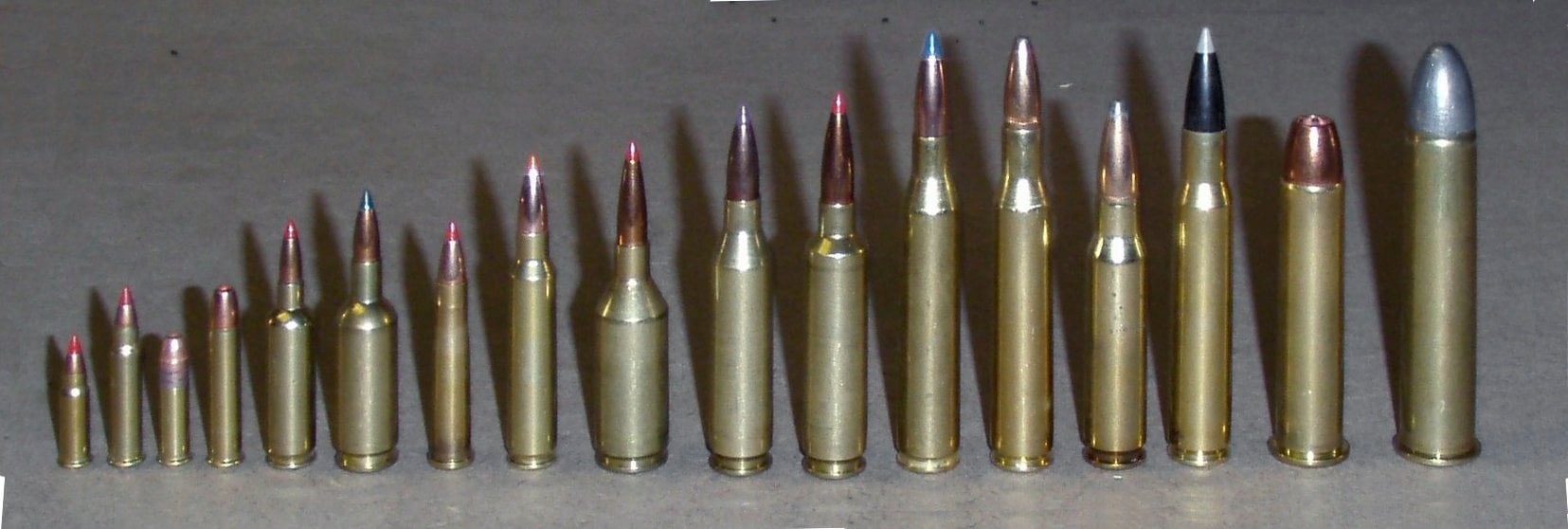Based on the feedback from my previous experiment, I wrote an in-depth article about the accelerometer unit I built. Some folks asked me to share it here on SnipersHide.
https://blog.ammolytics.com/2019-01-01/project-cheap-rifle-accelerometer.html
In this article, I describe how I built it, how it works, and how you can build your own for under $50! This DIY project is open-sourced and it uses off-the-shelf components -- anyone should be able to assemble one within an afternoon. Data analysis was done using Python, Pandas, and Plotly (I'm working on making this software available as a web application -- let me know if you're interested!)
I hope that this content is high quality enough to justify the time you spend reading it, and how much time it took me to create it!
I’d love to hear your feedback and answer any questions!
https://blog.ammolytics.com/2019-01-01/project-cheap-rifle-accelerometer.html
In this article, I describe how I built it, how it works, and how you can build your own for under $50! This DIY project is open-sourced and it uses off-the-shelf components -- anyone should be able to assemble one within an afternoon. Data analysis was done using Python, Pandas, and Plotly (I'm working on making this software available as a web application -- let me know if you're interested!)
I hope that this content is high quality enough to justify the time you spend reading it, and how much time it took me to create it!
I’d love to hear your feedback and answer any questions!




